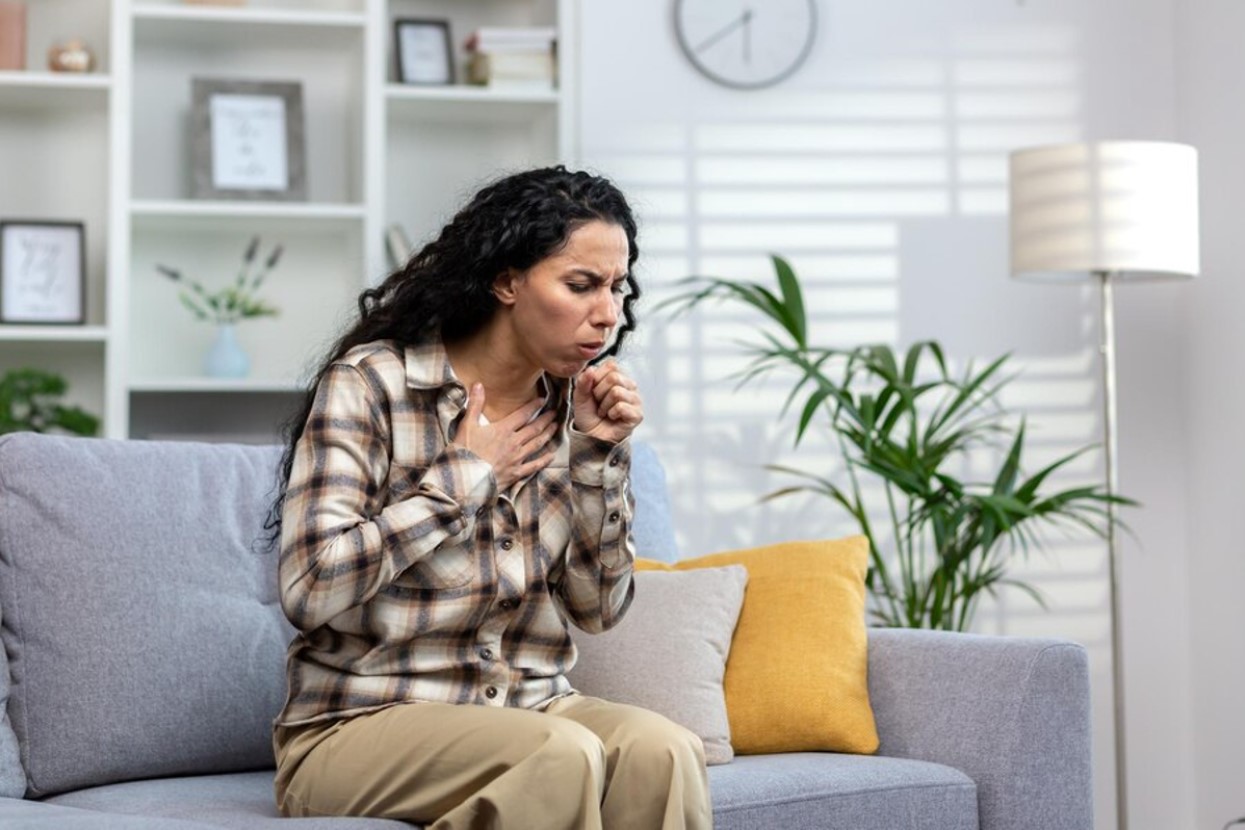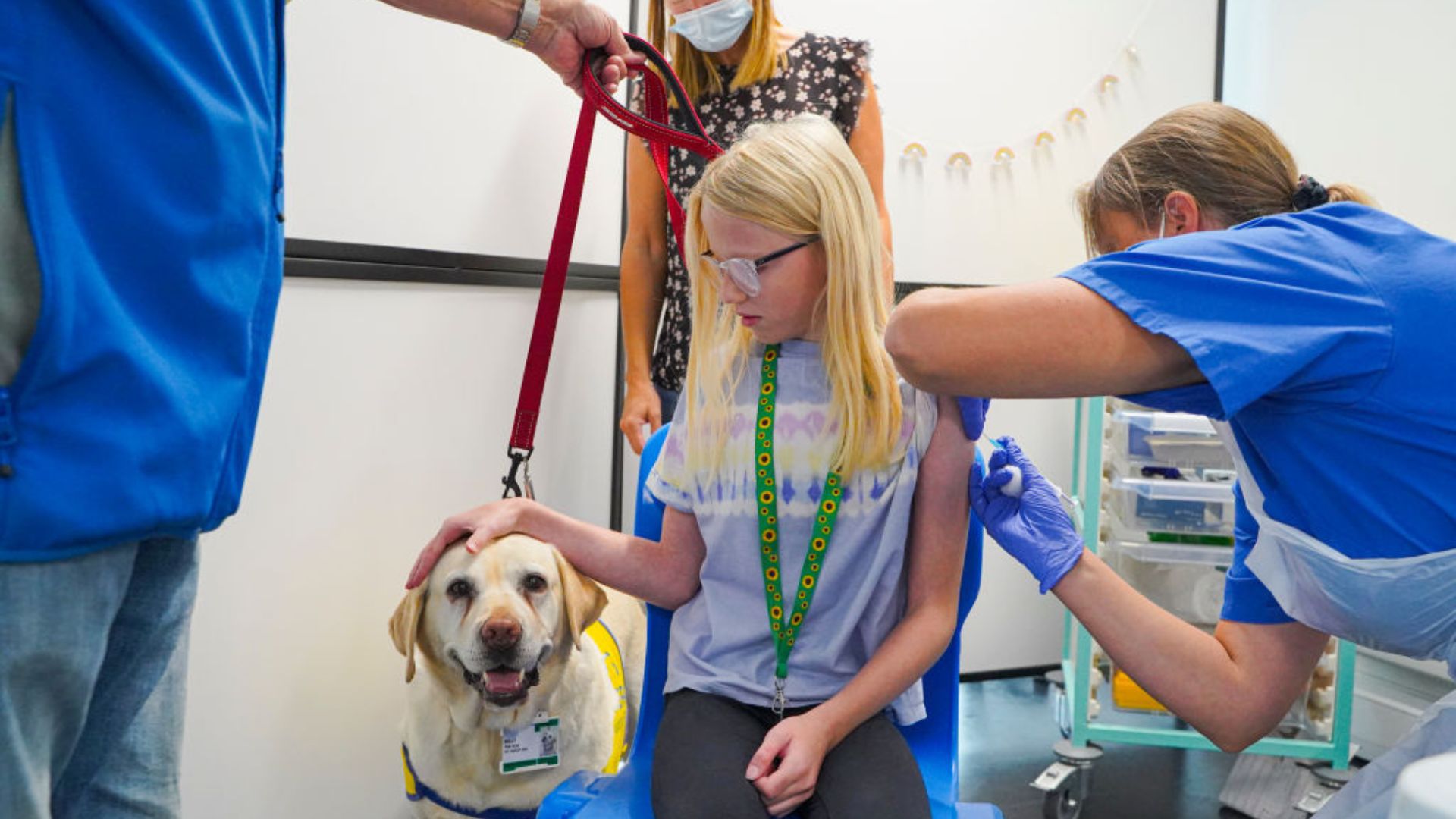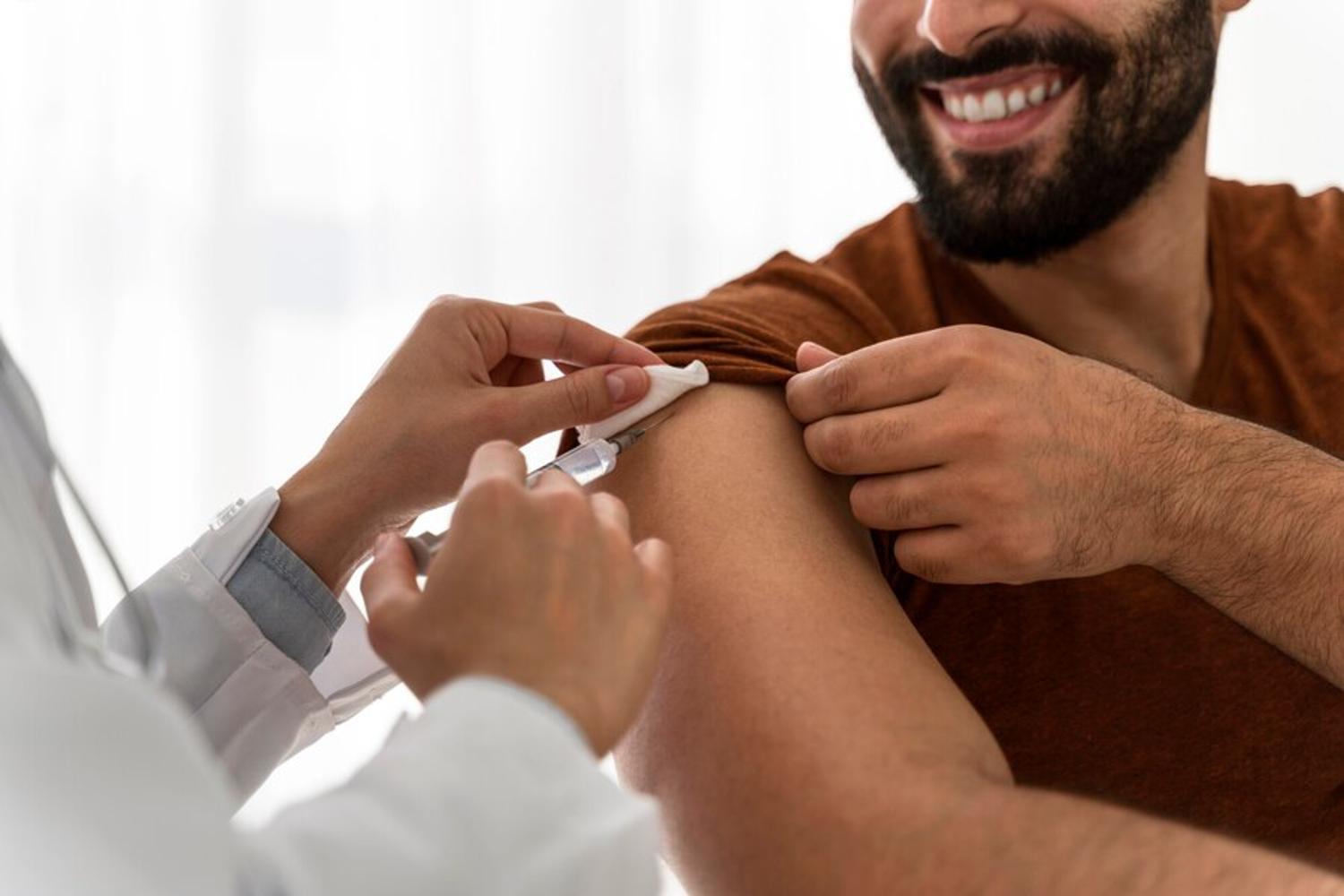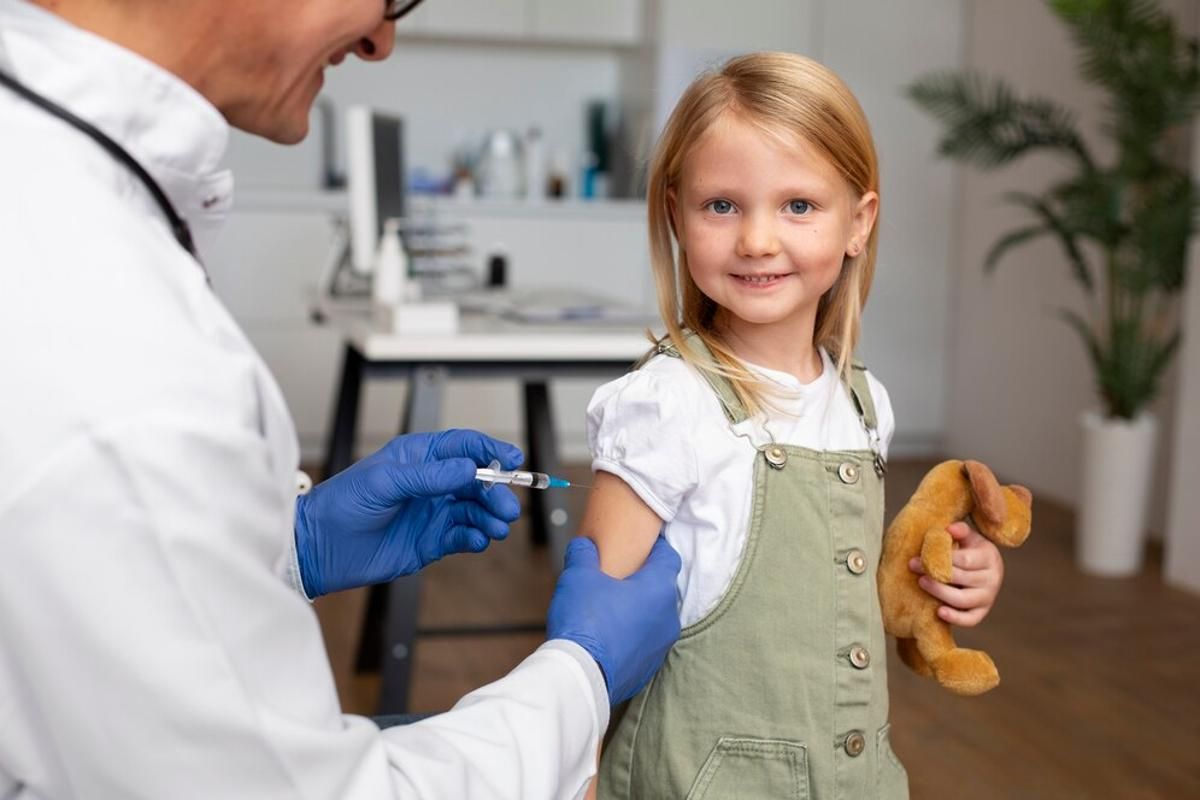The United States is experiencing a significant increase in whooping cough cases, according to the CDC. As of June 1, 2024, reported cases are more than double compared to the same period last year.
This surge marks a return to pre-pandemic levels, highlighting the importance of understanding and preventing this highly contagious disease.
Pre-Pandemic Levels Return

During the COVID-19 pandemic, whooping cough cases were unusually low due to widespread preventative measures like good hygiene and social distancing.
Now, as these measures have relaxed, the U.S. is seeing a return to typical levels, with over 10,000 cases annually. The numbers this year are close to what was observed at the same time in 2019.
Factors Behind the Increase

Several factors have contributed to the rising whooping cough cases since the early 1990s. Changes in vaccination types, increased awareness, and improved diagnostic testing are significant contributors.
Genetic changes in the Bordetella pertussis bacteria may also play a role, highlighting the need for ongoing vigilance and adaptation in public health strategies.
Whooping Cough: A Contagious Threat

Whooping cough, caused by Bordetella pertussis, spreads easily through coughing and sneezing. It is most contagious in the first two weeks after symptoms appear.
Early antibiotic treatment can reduce the severity and prevent the spread. Awareness and early intervention are crucial in managing outbreaks and protecting vulnerable populations.
Risks for Babies and Young Children

Babies under one year old are at the highest risk for severe complications from whooping cough.
Approximately one-third of babies who contract the disease need hospitalization, with apnea and pneumonia being common complications.
Vaccination: The Best Defense

Whooping cough vaccines, such as DTaP for young children and Tdap for older children and adults, offer strong protection.
The CDC recommends vaccination for all age groups, emphasizing its importance during pregnancy. Vaccinating pregnant women can protect newborns, reducing hospitalizations by nine in 10 babies.
Pregnancy and Vaccination

Vaccinating women during the early third trimester of pregnancy is especially big when it comes to protecting newborns from whooping cough.
This practice helps shield babies from the disease until they are old enough to be vaccinated themselves. Ensuring pregnant women receive the Tdap vaccine is a key public health strategy.
Protection for Adults

Adults who haven’t received the Tdap vaccine should get a dose, with boosters recommended every 10 years.
Thanks to the Inflation Reduction Act, individuals with Medicare drug coverage can receive the Tdap vaccination for free.
Challenges in Diagnosis

Whooping cough can be difficult to diagnose because early symptoms resemble those of the common cold. It is often not suspected until the cough becomes severe or long-lasting.
Early recognition and treatment are vital for managing the disease and preventing its spread within communities.
Importance of Early Treatment

Continuing the proactive trend, early treatment with antibiotics can also make whooping cough less severe and prevent transmission.
For those exposed to the disease, antibiotics may also be recommended to prevent infection. Prompt medical intervention is key to controlling outbreaks and minimizing the impact of whooping cough.
Community Awareness and Prevention

Raising awareness about whooping cough and its symptoms is essential for early diagnosis and treatment.
Public health campaigns and community education can help people recognize the signs of the disease and seek timely medical care.
Staying Ahead of Cold and Flu Season

As we navigate the return to pre-pandemic levels of whooping cough, staying informed and proactive is crucial. Ensuring widespread vaccination, early treatment, and community awareness will help control the disease and protect vulnerable populations.
The CDC continues to monitor the situation and provide guidance to keep the public safe.








































